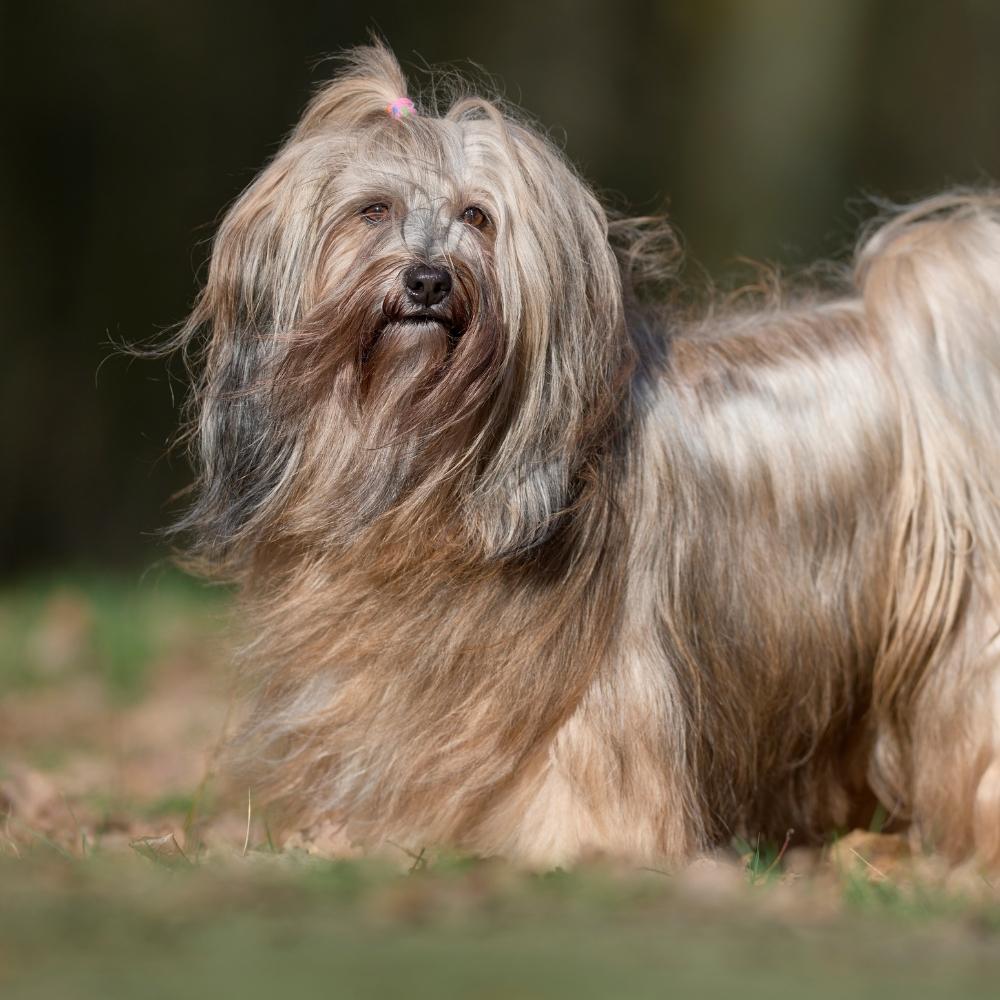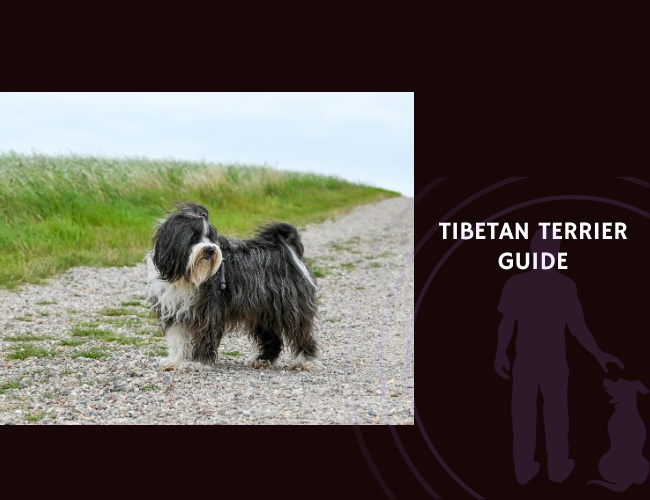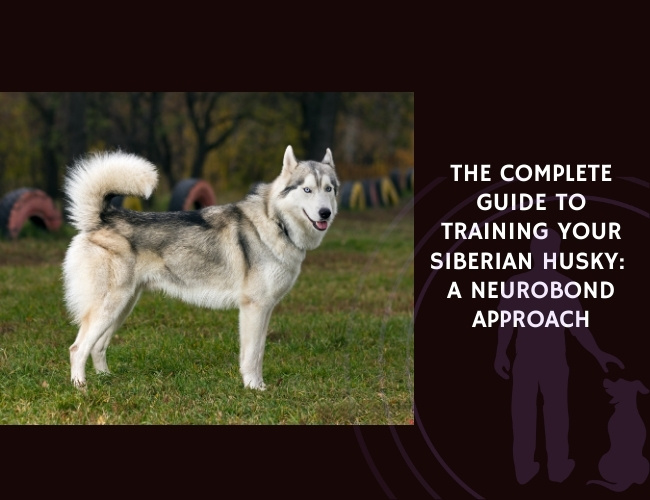Quick Facts about the Tibetan Terrier
- Origin: Tibet
- Weight: Males: 9–14 kg, Females: 8–13 kg
- Life expectancy: 12–15 years
- Coat Colour: Any colour or combination, except merle
- Breed Group: Non-Sporting
Sacred companion, surefooted traveler, and shaggy sentinel—the Tibetan Terrier carries centuries of monastic tradition in its flowing coat and watchful eyes. Known as the “Holy Dog of Tibet,” this breed embodies loyalty and grace.
Tibetan Terrier History
The Tibetan Terrier, despite its name, is not a terrier by function. Originating in the Himalayas over 2,000 years ago, it served as a versatile companion, watchdog, and even good luck charm in Buddhist monasteries. Its name was assigned by early Western visitors due to its size and build.
Highly valued by Tibetan monks, Tibetan Terriers were never sold—only given as gifts of great honour. Their agility and thick coat made them suited for treacherous mountain paths, while their temperament made them treasured spiritual companions.

Tibetan Terrier Temperament
Gentle, sensitive, and affectionate, the Tibetan Terrier forms deep bonds with its human family. It is alert and intuitive, often described as emotionally attuned. Though playful and fun-loving, it can be reserved around strangers and thrives best with structure and routine.
The breed is highly intelligent and trainable, though it prefers a kind, consistent approach.
Note: Tibetan Terriers do not respond well to harsh corrections; they flourish in positive, emotionally safe environments.
Health and wellness
This breed is generally healthy but can carry hereditary conditions. Its thick, double coat needs regular brushing to prevent mats, and occasional trimming may help manage its woolly texture. Active and agile, the breed enjoys daily walks and mental enrichment.
Screening for joint and eye health is recommended.
Significant problems:
Hip dysplasia
Progressive retinal atrophy (PRA)
Lens luxation
Hypothyroidism
Allergies or skin sensitivities
Life expectancy: 12–15 years

The Complete Guide to Tibetan Terrier
🔍 Looking to go deeper into dog training?
Use these categories to explore targeted guides and articles on canine behavior, nutrition, obedience, entertainment, and more.








